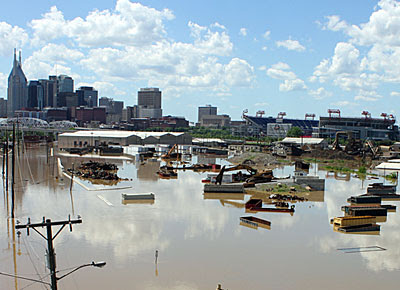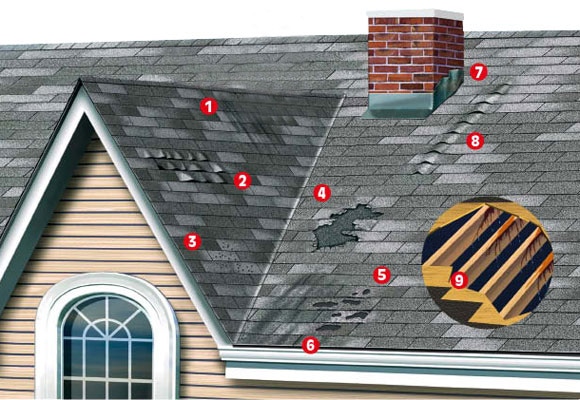East Coast Is Slowly Sinking Into the Sea, Increasing Flood Threat in USA
Cities such as Miami on the East Coast of the USA are being affected by flooding more and more frequently. The causes are often not hurricanes with devastating rainfall such as Katrina, or the recent hurricanes Harvey or Irma. On the contrary, flooding even occurs on sunny, relatively calm days. It causes damage to houses and roads and disrupts traffic, yet does not cost any people their lives. It is thus also known as ‘nuisance flooding’.
And this nuisance is set to occur much more frequently in the future. At least researchers from the Universities of Bonn, South Florida, and Rhode Island are convinced of this. The international team evaluated data from the East Coast of America, including GPS and satellite measurements. These show that large parts of the coastal region are slowly yet steadily sinking into the Atlantic Ocean.
“There are primarily two reasons for this phenomenon,” explains Makan A. Karegar from the University of South Florida, currently a guest researcher at the Institute of Geodesy and Geoinformation at the University of Bonn. “During the last ice age around 20,000 years ago, large parts of Canada were covered by an ice sheet. This tremendous mass pressed down on the continent.” Some areas of the earth’s mantle were thus pressed sideways under the ice, causing the coastal regions that were free of ice to be raised. “When the ice sheet then melted, this process was reversed,” explains Karegar. “The East Coast has thus been sinking back down for the last few thousand years.”
This geological effect explains the submerging of the coastal regions, but only in part. In the last decade, the area between 32 and 38 degrees latitude has been sinking more quickly than in the previous millennia – in some cases, by more than three millimeters a year. The melting of the ice sheet is responsible for a maximum of a third of this.
The researchers assume that it is caused by the significant use of groundwater in the corresponding region. Water allows the land mass to swell up to some degree – similar to carbon dioxide bubbles in the cake mix. “When groundwater is removed, the land mass can be compressed more greatly,” says Karegar. “It practically collapses into itself and thus sinks even more.”
“Depending on the distance from the sea, the creation of reservoirs can also contribute to the sinking or even the raising of the coastal region,” says Prof. Jürgen Kusche from the Institute of Geodesy and Geoinformation. “This effect was taken into account with the help of satellite measurements, which were evaluated in our working group.”
How To Work "Claim Nation USA"
Stage 1: Contact Claim Nation USA Immediately.
Stage 2: Authorization.
Stage 3: Investigation.
Stage 4: Documentation of the Claim.
Stage 5: Presentation of the Claim.
Stage 6: Negotiations.
Stage 7: Settlement.
How To Work "Claim Nation USA"
Stage 1: Contact Claim Nation USA Immediately.
Stage 2: Authorization.
Stage 3: Investigation.
Stage 4: Documentation of the Claim.
Stage 5: Presentation of the Claim.
Stage 6: Negotiations.
Stage 7: Settlement.





Comments
Post a Comment